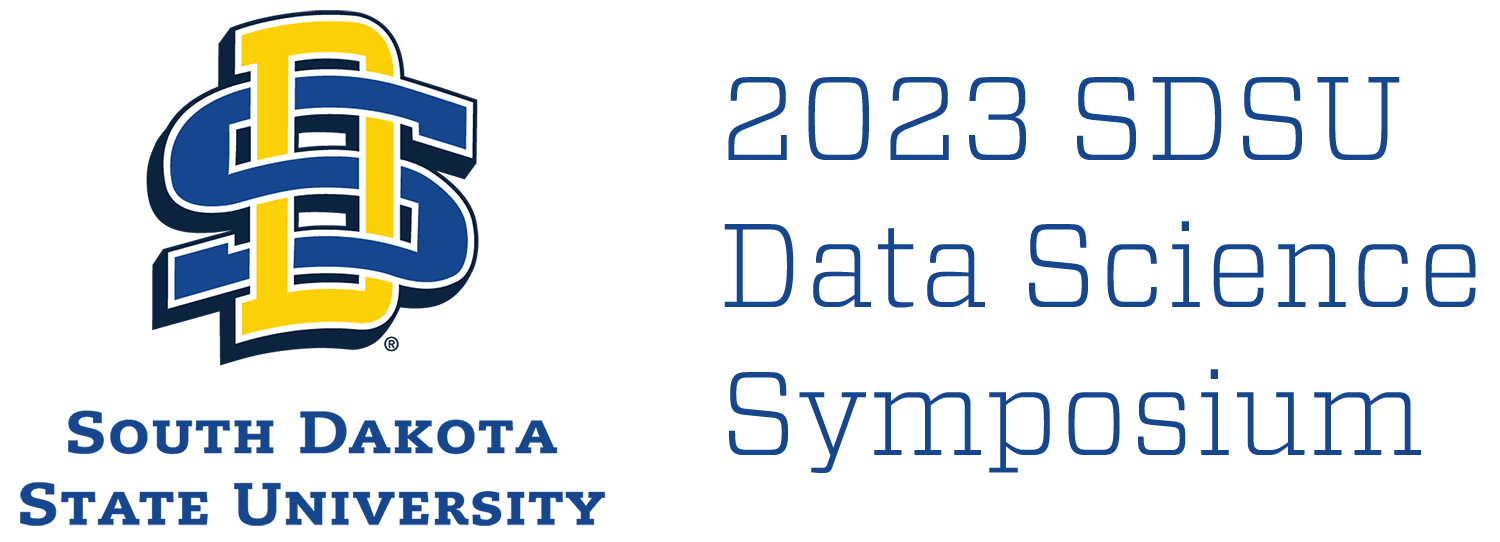Session 4: Advancing Machine Learning Through Multilinear Subspace Methods
Presentation Type
Event
Track
Other
Abstract
The last few decades have seen significant advances in various sensing instruments generating massive volumes of n-dimensional data. To best explore, analyze, and provide insights from such data, new mathematical tools are needed in an effort to bridge the gap between traditional machine/deep learning models and their multilinear counterparts. This talk presents a new approach to dealing with such data using a multilinear (tensor-tensor) perspective and provides insight into how such a bridge can be built. In particular, we formulate the mathematical theory of tensor decompositions via an algebra of circulants detailing novel extensions of traditional linear algebraic tools. We then provide insights into several different application are within the machine/deep learning community and illustrate how multilinear extensions can be achieved. We conclude with an informal discussion surrounding such developments and possible application spaces not yet investigated.
Start Date
2-7-2023 9:50 AM
End Date
2-7-2023 10:50 AM
Session 4: Advancing Machine Learning Through Multilinear Subspace Methods
Pasque 255
The last few decades have seen significant advances in various sensing instruments generating massive volumes of n-dimensional data. To best explore, analyze, and provide insights from such data, new mathematical tools are needed in an effort to bridge the gap between traditional machine/deep learning models and their multilinear counterparts. This talk presents a new approach to dealing with such data using a multilinear (tensor-tensor) perspective and provides insight into how such a bridge can be built. In particular, we formulate the mathematical theory of tensor decompositions via an algebra of circulants detailing novel extensions of traditional linear algebraic tools. We then provide insights into several different application are within the machine/deep learning community and illustrate how multilinear extensions can be achieved. We conclude with an informal discussion surrounding such developments and possible application spaces not yet investigated.

